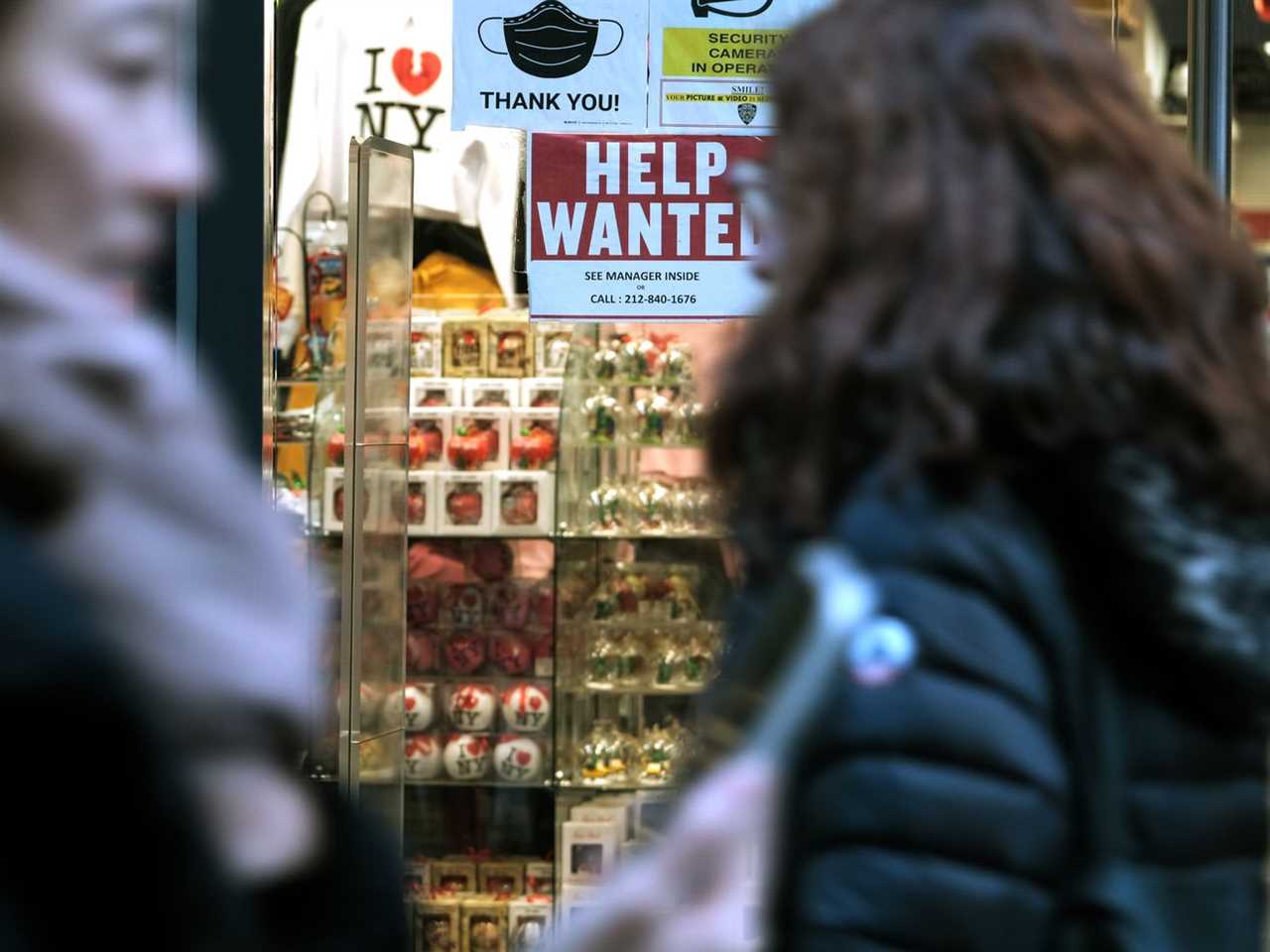
There’s a slight cooling of the labor market but it’s still strong.
On Friday, the Bureau of Labor Statistics announced that the economy had added 236,000 jobs in March. It’s a big dip from the months prior, but still a pretty strong boost to the labor market. The unemployment rate also declined slightly to 3.5 percent, a sign that the labor market as a whole remains robust despite high-profile layoffs in certain industries.
The jobs report sends a couple different messages. For job seekers in several fields, it’s an indication that there’s still solid growth in the number of available opportunities and that they should be able to command higher wages than they historically might have. Particularly in sectors like hospitality and health care, which continue to have outstanding demand, workers are in a strong position.
“Based on the things we would look at to say whether people could find good jobs with good wages on good terms, this is still a very strong labor market,” says Mike Konczal, a director of macroeconomic analysis at the Roosevelt Institute.
When it comes to the health of the economy overall, the jobs report also doesn’t point to a recession in the near term, experts tell Vox. “There are just no signs of recession to me in this report. It’s very strong,” says Heidi Shierholz, the president of the Economic Policy Institute.
Overall, the jobs report signals that there is some cooling in the economy, but that key factors like unemployment remain in a solid place. “We are seeing clear slowing from the absolutely mind-boggling fast job growth that we had been seeing a year ago,” says Shierholz. “But it is still very strong. It is cooling but strong.”
A dip in jobs added suggests some slowing
Recent data, including the jobs report, shows some slowing in the labor market, though it follows a period of intense demand for workers.
The influx of 236,000 jobs in March was much lower than that in February, when 310,000 jobs were added to the economy, and in January, when 517,000 jobs were added to the economy. That’s an indicator that the growth in the labor market might be lagging some relative to recent months as the Fed has utilized interest rates to curb consumer spending and business investments. The number is still a solid one, however.
Job listings in general have also gone down, though they, too, continue to outnumber unemployed workers. For the first time in almost two years, there were less than 10 million job listings available in February, according to a report from the Labor Department released earlier this week. In February, there were 9.9 million job openings, while there were previously 10.6 million in January. Notably, there are still 1.7 jobs available per unemployed worker.
In both the case of jobs added and the number of available openings, the declines are from a very high point, meaning they remain strong. Another indication of slowing, however, is that unemployment insurance claims have increased in recent weeks, though that’s also still within the realm of what would be expected in a stable economy.
The cooling in the labor market has long been a goal of the Fed, which has sought to slow the economy and reduce demand for labor via its hikes on interest rates. That effort is central to its bid to curb inflation, due to concerns that increased competition for workers raises wages and product prices as a result. Shierholz notes that BLS’s latest data on wage growth helps counter these concerns and suggests that the country could see reductions in inflation while unemployment also stays low. The jobs report, ultimately, showed that wage growth for average hourly earnings was 4.2 percent year over year in March, compared to 4.6 percent in February. All of that complicates traditional economic narratives.
“Despite a strong job market, we’ve seen inflation come down. So it’s hard to square that with a strong job market causing inflation,” says Chris Becker, the senior economist at the Groundwork Collaborative.
The labor market is still strong for workers, though there is some variation by industry
In general, economists note that the labor market remains solid for workers, though that has varied a bit based on the industry.
While certain fields like tech and finance have seen high-profile layoffs, other fields like hospitality are continuing to hire at a rapid clip after losing many workers during the pandemic. According to the jobs report, employment has increased in sectors like leisure and hospitality, health care, and government, while industries like construction, manufacturing, and retail have seen cuts.
This report also indicated that the unemployment rate for Black workers, though it is still higher than that of white workers, is the lowest it’s ever been.
Labor force participation also increased in March from 62.5 percent to 62.6 percent, a sign that more people are getting brought into the workforce. “Not only is it not dropping, labor force participation is going up. It’s still on the upswing,” says Shierholz.
----------------------------------------
By: Li Zhou
Title: Why the new jobs numbers are a good sign for workers
Sourced From: www.vox.com/2023/4/7/23674305/jobs-report-labor-market-economy-recession
Published Date: Fri, 07 Apr 2023 20:10:00 +0000
Did you miss our previous article...
https://consumernewsnetwork.com/politics-us/the-republican-party-is-in-an-abortion-trap






